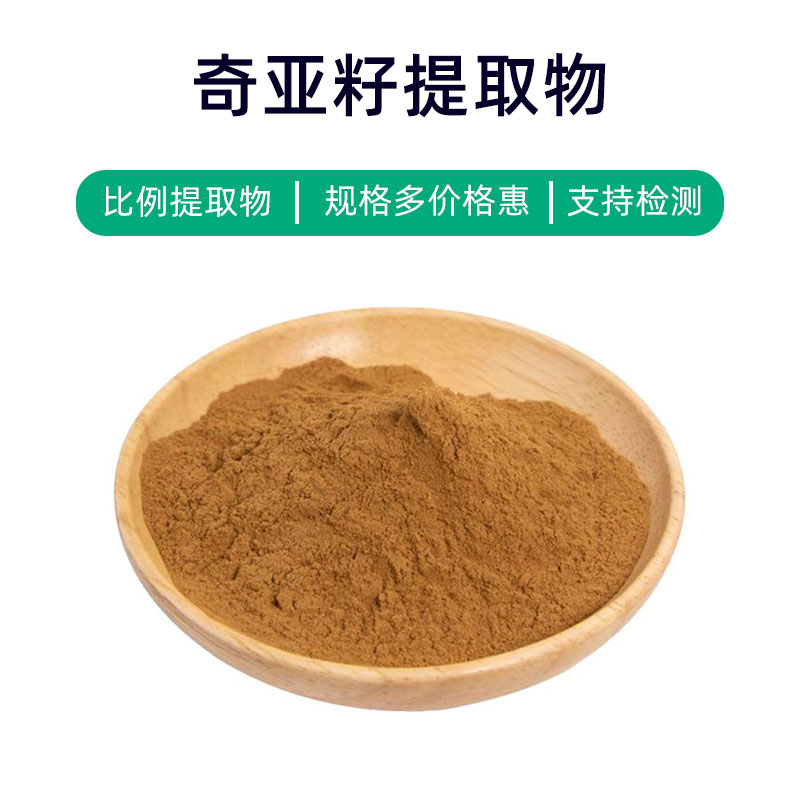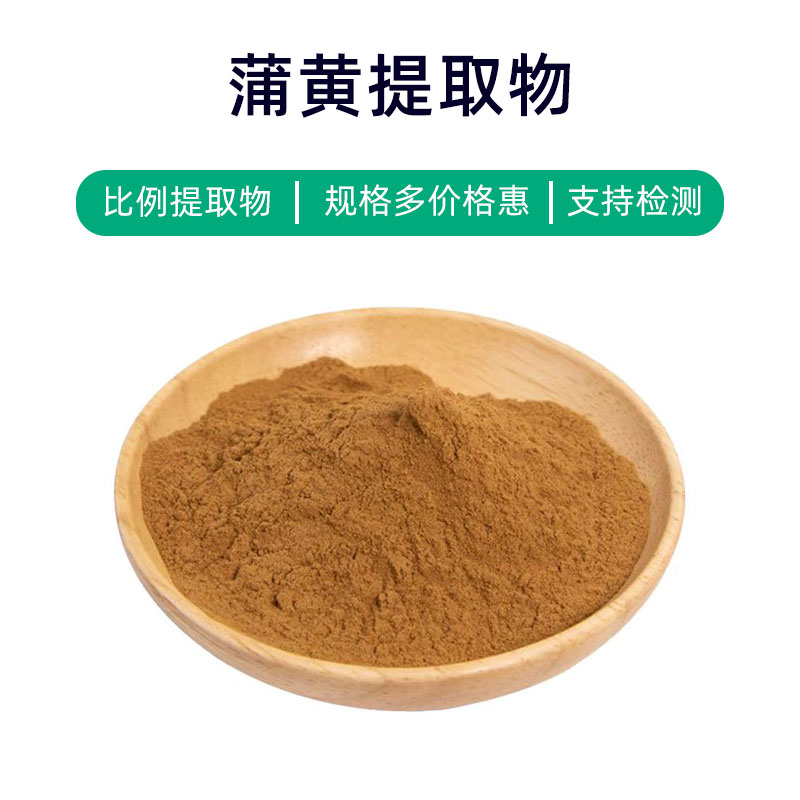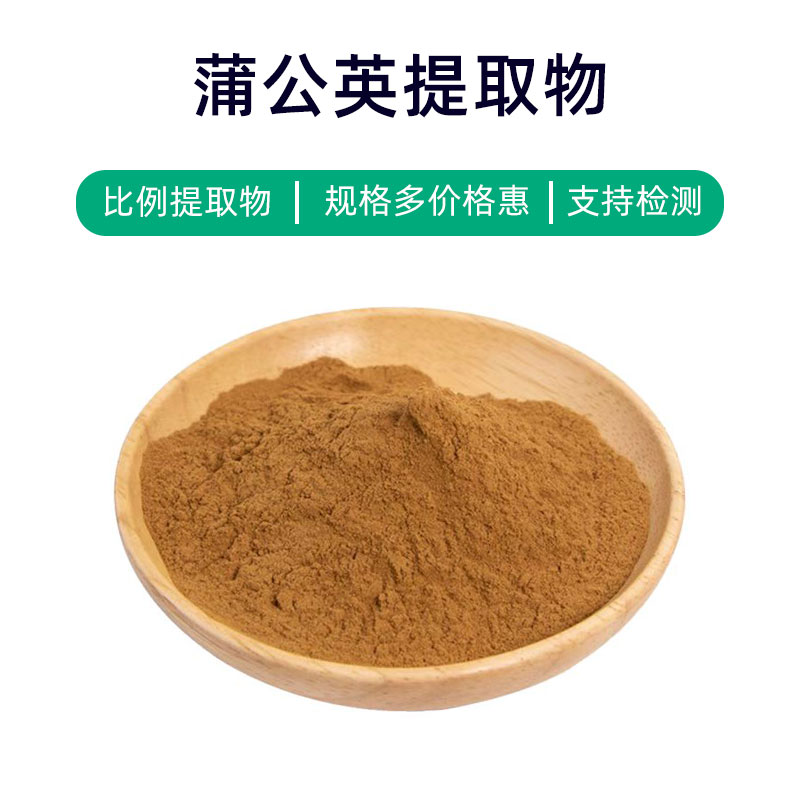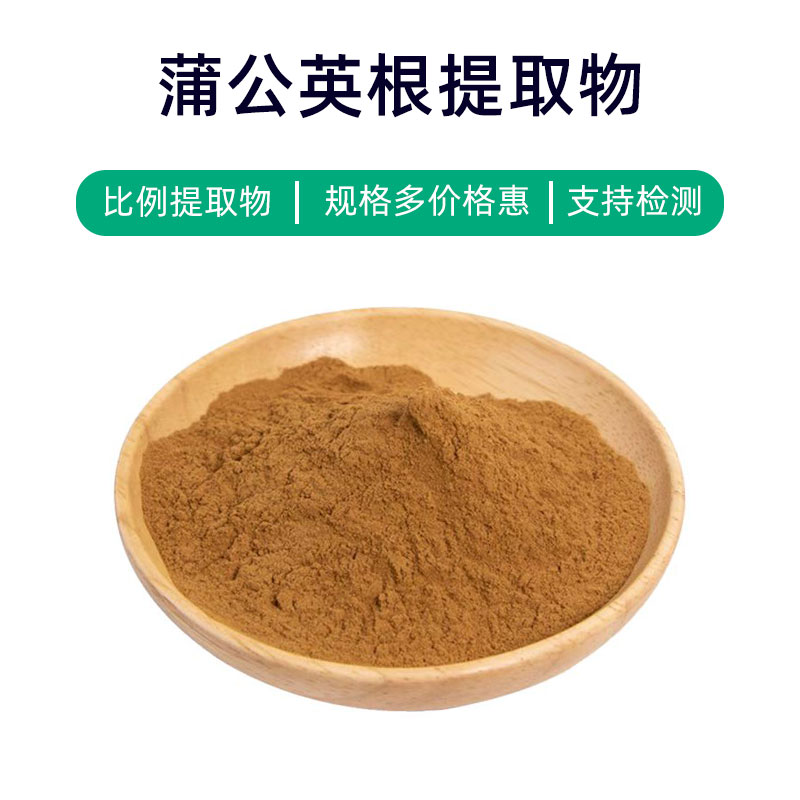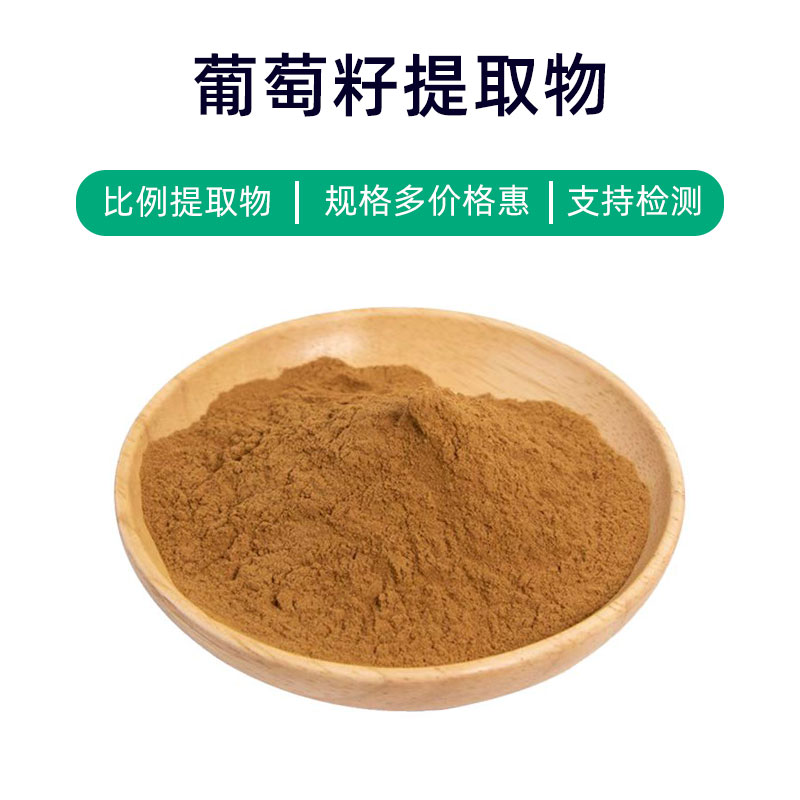Product Introduction of Plantain Extract
Plantain extract is a plant extract derived from the plantain plant, mainly composed of flavonoids, mucilage, saponins, etc. It is widely applied in pharmaceuticals, health products, and cosmetics.
As a medicinal plant extract, plantain extract offers numerous benefits. Firstly, it has anti-inflammatory properties that help alleviate discomfort caused by inflammation. Secondly, plantain extract possesses cough-relieving and expectorant effects and can be used to treat coughs and bronchitis. Additionally, due to its mucilage content, it helps with bowel regularity and alleviates constipation issues.
In the supplement arena, plantain extract is often used as an ingredient in health products to enhance the body’s immune response and improve respiratory health. In cosmetics, it is frequently added to skincare products, providing anti-inflammatory, soothing, and moisturizing benefits that help enhance sensitive skin and relieve skin discomfort.
Overall, as a natural plant extract, plantain extract has multiple benefits, applicable in pharmaceuticals, health products, and cosmetics, providing effective support for health and beauty.
Production Process of Plantain Extract
The production process of plantain extract includes the following key steps:
- Raw Material Preparation: Select fresh, dried plantain leaves or seeds as raw material, perform initial washing and screening to remove impurities.
- Extraction: Grind the cleaned plantain raw materials to an appropriate size, then extract using suitable solvents (e.g., ethanol, water). Usually, maceration or supercritical fluid extraction methods are used to extract active components from the plant.
- Concentration: Concentrate the extract solution to remove excess solvent and obtain a concentrated form.
- Filtration: Filter the concentrated solution to remove suspended solids and impurities, resulting in a clear extract.
- Crystallization: If needed, crystallization methods can be used to isolate certain components in the extract to improve purity.
- Drying: Dry the filtered extract or crystallized product to transform it into a powder or solid form. Common drying methods include spray drying and vacuum drying.
- Packaging: Package the dried extract using moisture-proof, light-proof, and sealed materials to ensure product quality and stability.
- Quality Control: Perform quality inspections on the finished product, including appearance, ingredient content, and microbiological tests, to ensure compliance with relevant standards and requirements.
In summary, the production of plantain extract involves key steps of raw material preparation, extraction, concentration, filtration, crystallization, drying, packaging, and quality control, with strict controls at each stage to ensure product quality and safety.
Efficacy and Side Effects of Plantain Extract
As a natural plant extract, plantain extract has various effects and benefits, including:
- Anti-Inflammatory Action: Plantain extract contains rich flavonoids and mucilage, demonstrating significant anti-inflammatory effects, useful for alleviating skin inflammation, rashes, eczema, and other skin issues.
- Cough Relief: The active ingredients in plantain extract help soothe coughing symptoms and promote mucus expulsion, useful for treating colds and bronchitis.
- Intestinal Moisture: Due to its mucilage content providing lubrication, plantain extract can help alleviate constipation by promoting intestinal motility and improving bowel movements.
- Antioxidant Effects: Flavonoids in plantain extract provide antioxidant properties, helping to neutralize free radicals, protect cells from oxidative damage, and slow down aging.
- Antibacterial Action: Studies indicate that plantain extract has inhibitory effects on certain bacteria and fungi, useful for treating skin infections and oral inflammation.
- Moisturizing and Soothing: In cosmetics, plantain extract is commonly used as a moisturizing and soothing agent, beneficial for improving sensitive skin and relieving discomfort.
- Digestive Improvement: Plantain extract can promote digestive system functioning, enhance gastrointestinal function, and improve symptoms of indigestion and discomfort.
Overall, as a natural plant extract, plantain extract possesses various effects, including anti-inflammatory, cough relief, intestinal moisture, antioxidant, antibacterial, and moisturizing. It is suitable for applications in pharmaceuticals, health products, and cosmetics. However, individual differences and allergy reactions should be considered during use. If discomfort occurs, discontinue use and seek medical advice.
Application Scenarios and Dosage of Plantain Extract
As a natural plant extract, plantain extract has broad applications in pharmaceuticals, food, and cosmetics. Below are its applications, including usage and dosage:
- Application in the Pharmaceutical Field:
- Plantain extract is often used to prepare medications, primarily for treating respiratory diseases like colds and bronchitis. It is usually made into oral liquids, granules, capsules, etc.
- Dosage: Oral liquids are usually taken at 10-20 milliliters per dose, 2-3 times a day; granules are typically 5-10 grams per dose, 2-3 times a day; capsules are often taken at 2-4 capsules per dose, 2-3 times a day. Specific dosages should follow the doctor’s or medication guidelines.
- Application in the Food Industry:
- Plantain extract is used as a food additive to enhance the nutritional value and functionality of foods. It is commonly added to tea, health supplements, and functional beverages.
- Dosage: Food additives are usually added according to national food safety standards; specific dosages depend on the product formulation.
- Application in the Cosmetics Industry:
- Plantain extract is frequently used in skincare and personal care products, providing moisturizing, soothing, and anti-inflammatory effects. It can be found in creams, lotions, masks, and shampoos.
- Dosage: Plantain extract in skincare products is usually added in proportions specified in the formulation, typically ranging from 0.5% to 5%. Specific dosages should comply with product instructions or consult professionals.
It is important to determine the appropriate usage and dosage for plantain extract according to product instructions or doctors' advice, avoiding overuse or continuous long-term use. Special populations such as pregnant women and infants should use it under medical guidance. Additionally, if allergic reactions or adverse effects occur, use should be stopped immediately, and medical attention should be sought.
Introduction to the Source Plant of Plantain Extract: Distribution and Growth Environment
Plantain (Scientific Name: Plantago asiatica) is a common perennial herbaceous plant belonging to the Plantaginaceae family. It is a wild plant often cultivated for medicinal and ornamental purposes. Below is a detailed introduction to plantain’s source, distribution, and growth environment:
- Source Plant Description:
- Plantain is a herbaceous plant that typically grows in fields, beside roads, on grasslands, in wastelands, as well as in mountainous and riverbank areas.
- It has a short stem, often blue-green, with leaves typically concentrated at the base, elliptical or oval-shaped, with long petioles. The inflorescence is a dense spike of small flowers, usually white or light purple.
- Distribution:
- Plantain is widely distributed around the world, primarily found in East Asia, Southeast Asia, Europe, North America, and Australia.
- In China, plantain is found in various regions, mainly in the Northeast, North China, Northwest, East China, Central China, and Southwest, at altitudes ranging from low-lying areas up to about 3,000 meters high.
- Growth Environment:
- Plantain prefers to grow in sunny, moist environments, showing strong shade tolerance and can adapt to semi-shaded conditions.
- It has no strict soil requirements and can thrive in various soil types, including sandy soil, loam, and clay, yet prefers well-draining soil.
- Plantain is highly adaptable to climatic conditions, able to withstand cold, drought, and thrive in hot, rainy environments, allowing it to flourish under various climatic conditions.
In summary, plantain, as a common perennial herb, is broadly distributed globally and primarily grows in sunny, moist environments. It shows strong adaptability to various soil and climate conditions, making it an important medicinal and ornamental plant.
Processing and Storage of Plantain Extract
Processing of plantain extract mainly includes the following steps:
- Raw Material Handling: Harvest fresh plantains, conduct initial cleaning and sorting to remove impurities and petioles.
- Extraction: Grind the cleaned plantains and then use suitable solvents (e.g., ethanol, water) for extraction to obtain the extract solution.
- Concentration: Concentrate the extract solution to remove excess solvent, resulting in a concentrated product.
- Filtration: Filter the concentrated solution to remove suspended solids and impurities, yielding a clear extract.
- Drying: Dry the filtered extract to convert it into a powdered or solid product.
- Packaging: Package the dried extract using moisture-proof, light-proof, and sealed materials to ensure product quality and stability.
For storage, plantain extract should be kept in a dry, cool, and well-ventilated environment, avoiding direct sunlight and high temperatures, to prevent moisture absorption. Proper storage can extend the product's shelf life and stability while preserving its medicinal value and efficacy.
Monica Sun is a seasoned expert in the plant extraction industry with over a decade of experience in research and production. She specializes in the extraction and purification of plant active ingredients, focusing on driving innovation in natural product applications. Monica has participated in the development of multiple functional plant extracts, delivering high-value natural raw material solutions for the health food, pharmaceutical, and dietary supplement sectors.









